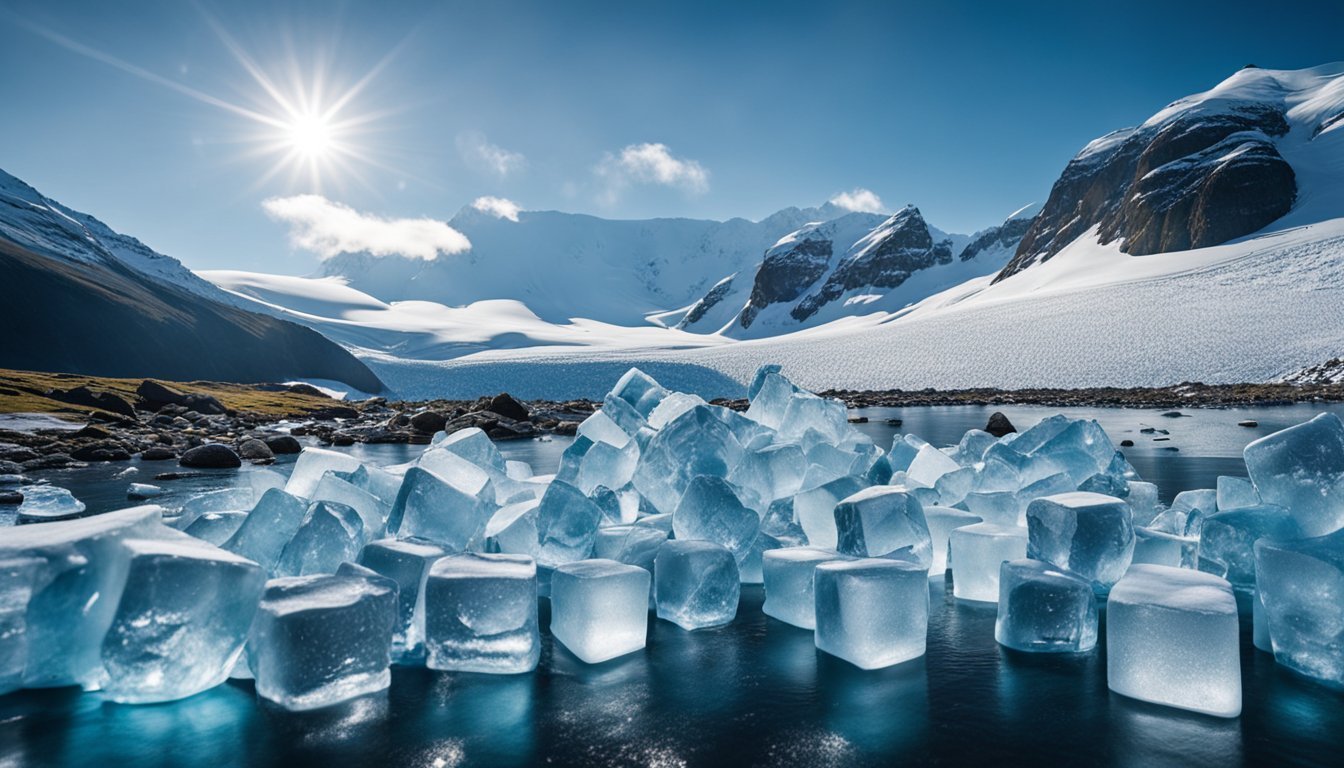The intriguing history of the lake ice industry, especially in Norway, reveals a significant shift in how ice is produced and utilized.
This remarkable evolution showcases a transition away from traditional ice harvesting long before modern innovations took hold.
A Shift Towards Modernization
In her insightful book, Ice: From Mixed Drinks to Skating Rinks—a Cool History of a Hot Commodity, Amy Brady discusses the subtle factors that contributed to the decline of the natural ice industry.
By the late 1800s, the demand for ice in American households skyrocketed, prompting businesses to pivot from harvests on distant lakes to gathering ice from polluted local rivers in urban areas.
These waterways often suffered from industrial and agricultural contamination, raising serious concerns about the safety of the harvested ice.
In certain cases, this ice brought health problems linked to harmful bacteria, with the same water supplies often being used for drinking by city residents.
Bartenders, too, noticed this dip in quality.
The Standard Manual of Soda and Other Beverages of the late 19th century echoed these concerns, indicating that the ice frequently fell short of acceptable standards, leading to less enjoyable—and occasionally unsafe—beverages.
The preparation of shaved ice became troublesome as well; the labor-intensive process slowed down service and diminished the overall drink experience.
Challenges of the Ice Industry
Adding to these challenges, a climate shift marked the end of the Little Ice Age around 1850.
This change made it progressively difficult for lakes that once provided ample ice to freeze adequately, causing some years to see little to no ice accumulation.
As the 1900s unfolded, the arrival of machine-made ice began to disrupt the landscape.
With ammonia introduced as a refrigerant, production costs plummeted, making ice more widely available.
By the end of World War I in 1918, electric refrigeration transformed from a luxury veiled in exclusivity to an essential convenience in homes across America.
The Evolution of Ice Production
While machine-made ice quickly became the norm, some traditional ice harvesters attempted to redefine themselves by promoting their natural ice as a distinctive, artisanal product.
Although this strategy didn’t gain widespread popularity at the time, it introduces exciting possibilities for potential revival in the future.
The shift from natural lake ice to innovations in ice production reflects not just advancements in technology but also the ability of industries to adapt and evolve.
This journey serves as a reminder that while some traditions may wane, fresh innovations have the power to reshape our world in surprising and delightful ways.
Source: Alcademics

